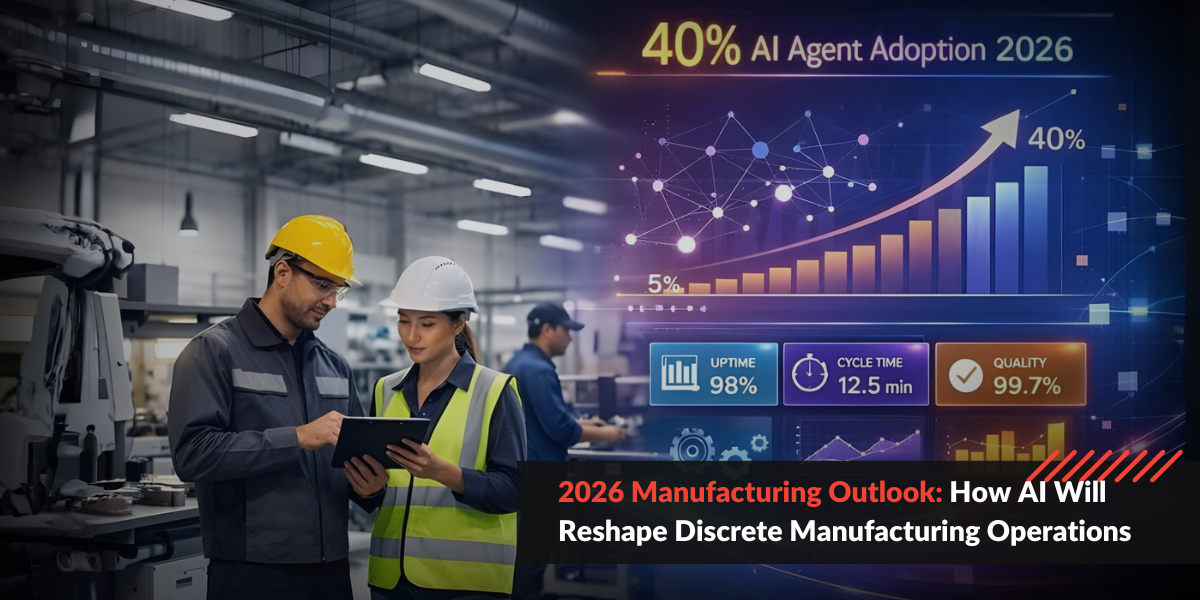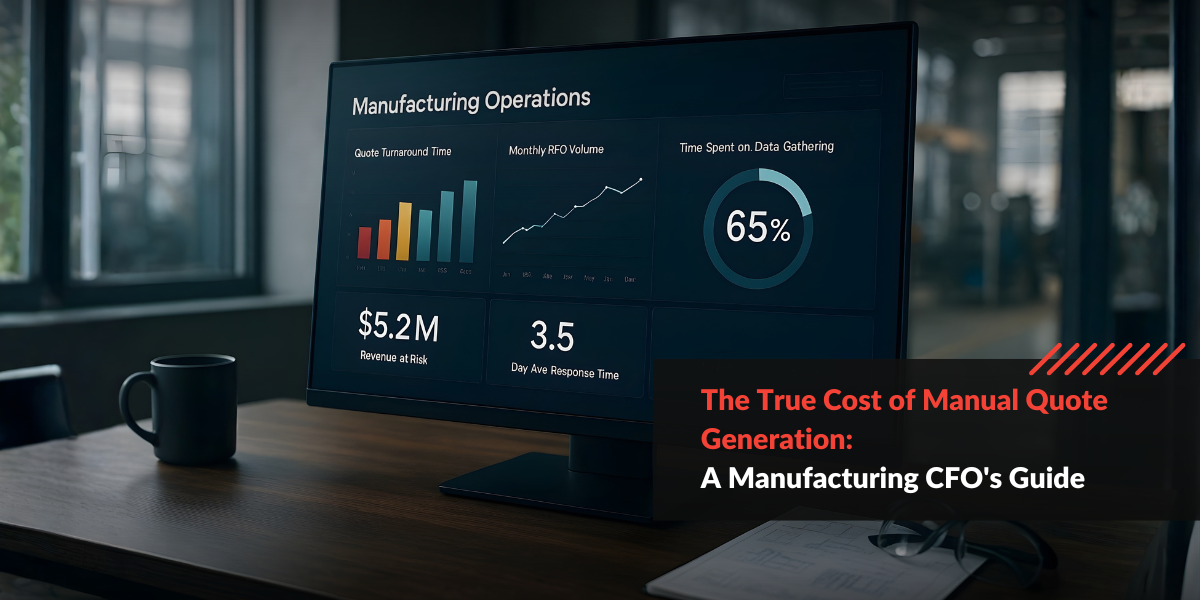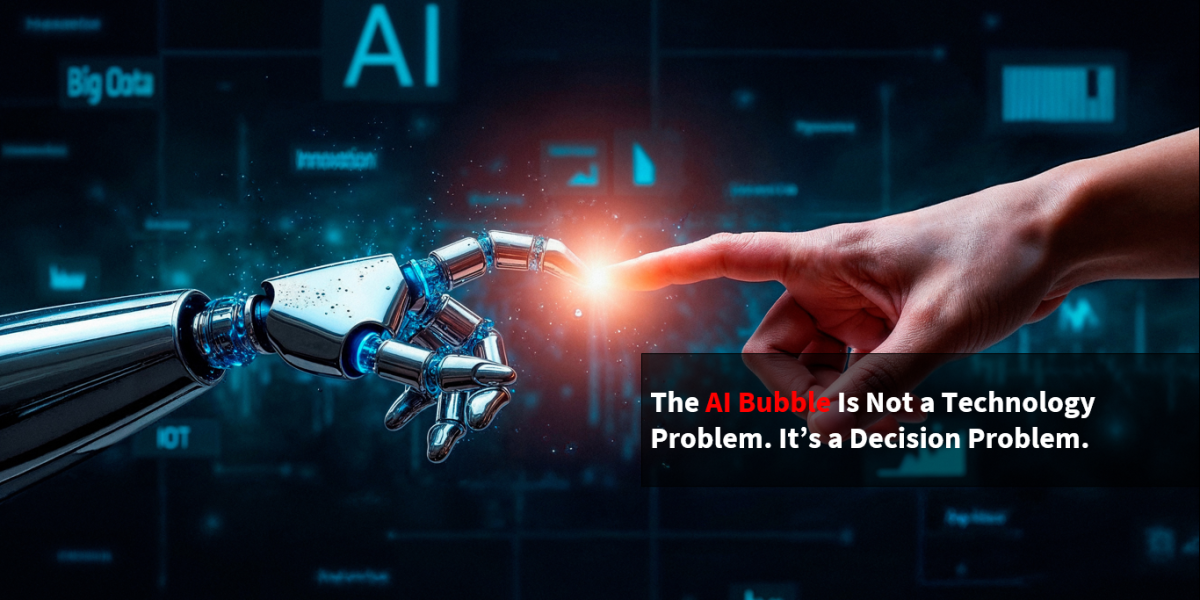Hyperautomation, enabled by Intelligent Process Automation (IPA) solutions, has become one of the most desired technological trends that businesses are eager to harness. The term hyperautomation refers to end-to-end process automation and it is ranked among the Top 10 Strategic Trends for 2021 by Gartner.
IPA solutions harness both Robotic Process Automation (RPA) and Artificial Intelligence (AI) with Machine Learning (ML) and Natural Language Processing (NLP) abilities. While rule-based RPAmimics human actions and enables end-to-end process automation, the AI component enables human-like Intelligent Processing of unstructured content. This disruptive technology has gained a lot of traction across a wide range of industries as it overcomes the challenge of unstructured content and enables hyperautomation of complex processes. This allows for highly efficient workflows and also accelerates process turnaround times along with greater accuracy.
However, many companies fail to realize maximum value from their Intelligent Automation solutions (IA) or face issues scaling it across the enterprise, despite its successful implementation.
Aside from choosing a good candidate for your pilot case, it is essential to ensure alignment of business and IT to maximize the success of your Intelligent Automation endeavor. Doing so can lay a strong foundation for sustainable Intelligent Automation that enables better business outcomes and not just enhanced operational efficiency.
Ensure Efficient Business & IT Alignment
For businesses embarking on this journey of intelligent automation, an early business and IT alignment is advisable. It often proves difficult trying to align the two down the line. This alignment typically involves establishment of a cross-functional team from both Finance and IT. This cross-functional team can approach potential IPA vendors and solutions, and also ascertain the use cases and scope of IPA in the organization.
While business-IT alignment is essential, it is also important to realize that there are difficulties in maintaining it. Thus, in order to establish and maintain this cross-functional team:
- Have your business and IT teams discuss the long term business goals and requirements that are beneficial for both of them.
- Recognize IPA related knowledge gaps that span across both finance and IT teams. Gaining a clear insight of these crucial gaps will allow you to work with your IPA implementation partners and/or vendors to fill them in.
- Get experienced finance and IT stakeholders on board. This plays anessential role while streamlining processes for automation. It ensures that these use cases serve the goals of greater operational efficiency and better business outcomes such as improved sales, faster customer responses, better strategic decision-making based on consolidated information and so on.
For an efficient IPA solution, it’s also necessary for the cross functional team to discuss and analyze their desired business outcomes from this implementation. Is it greater capacity that they desire? Or scalability? Or simply a more intelligent and streamlined processing, that serves both business and IT? Perhaps the desired business outcome comprises all these three; it all depends on the requirements of your cross functional team. Gaining this perspective from the get-go will give you the insights you need for an agile implementation, and ensure that all stakeholders benefit from this implementation, rather than a delayed realization of goals and requirements. Moreover, this perspective will guide you in evaluating IPA solutions and vendors and aid you in opting for the most suitable one. A holistic perspective can drive automation at speed and scale that is a success at both the tactical and strategic levels, in contrast to a narrow perspective that can lead to complications and inefficiencies in future.
These tactics will steer a ripple effect of business-IT alignment in your Intelligent Automation initiative as it grows across the entire enterprise.
Standardize Without Compromising Speed
While standardization plays an essential role in the efficient implementation of the IPA solution, you must not lose momentum. Standardization can be carried out by gathering inputs from all key stakeholders for streamlining the candidate processes. This will empower you to employ a single automation for five standardized processes; as opposed to five varied automations for five teams.
Standardization can be a tiresome and complex task, but by building a sense of excitement around the tangible benefits of Intelligent Automation, key stakeholders can feel motivated to follow through. With IPA solutions implemented, the organization can automate highly-repetitive, data-intensive tasks using the digital worker. With the AI component’s Natural Language Processing (NLP) ability the digital worker can read data from any kind of unstructured content, such as scanned PDFs, photographs, customer emails and chats etc. This will enable higher operational efficiency with lower human errors. Additionally, thanks to this democratized, low-code IPA solutions, harnessing this disruptive technology is fairly easy. No specialist knowledge is required.
A pilot use case demonstrates benefits clearly and serves as a springboard for scaling intelligent automation across the enterprise through more use cases that serve both business and IT. The metrics and proof of success from this first step on the hyperautomation journey create more interest from both Finance and IT to explore how to maximize the value of IPA solutions. Gartner expects that by 2024, organizations will lower operational costs by 30% by combining Hyperautomation technologies with redesigned operational processes.
Alignment of business and IT is very crucial for an efficient IPA implementation. It enables an outcome that is more than the sum of its parts in terms of business value and efficiency payoffs. In today’s dynamic business ecosystem it is imperative for enterprises to harness hyperautomation and ensure alignment of business and IT to maximize the value of their IPA implementation. This provides a solid foundation for making the paradigm shift to a hyperautomated enterprise.
Discover how Intelligent Automation helps your business thrive by reading How Intelligent Process Automation (IPA) Accelerates Processes & Drives Business Value. Alternatively, you could also explore The Rise of Hyperautomation is Being Driven by the Synergy of AI, RPA and Low Code Solutions.
If you’re interested in exploring intelligent automation to enhance your business processes, our team at Rapid Acceleration Partners would be glad to help. Our next-gen, AI-powered content intelligence platform RAPFlow enables full lifecycle AI orchestration on a single platform. When used in tandem with our RPA tool RAPBot, it provides end-to-end workflow automation capabilities that can be deployed in just weeks. You can even build your own use case and the platform can easily integrate with your existing systems. Book a demo to get a more detailed understanding of how our products can transform your business




